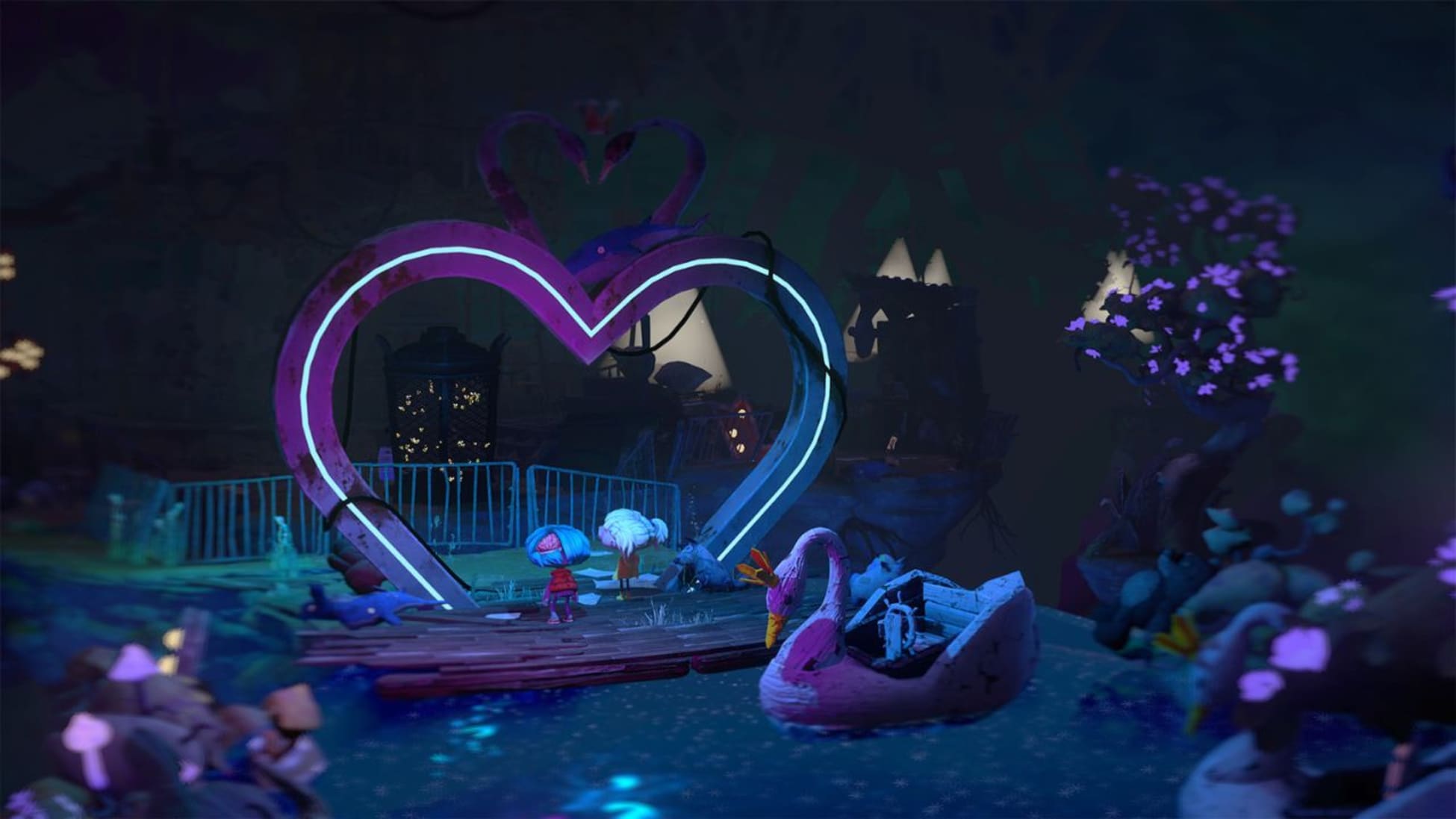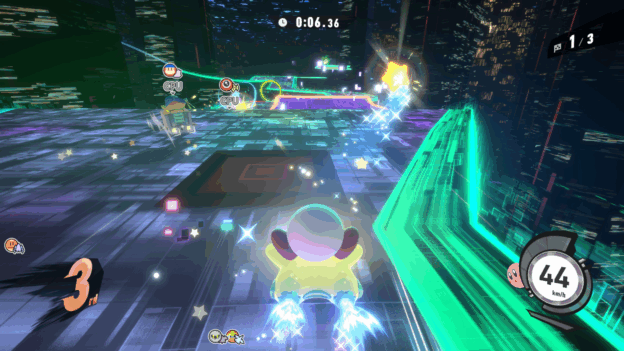Fuga: Melodies of Steel 2 Review – Review

Fuga Melodies of Steel 2 is a direct follow up to CyberConnect2’s gripping war drama set in a world run by anthropomorphic dogs and cats. Being a full sequel, it brings a lot of what worked in the original but adds a few additional features to up the ante on an already successful strategy RPG. The new additions work to ease the difficulty spikes that were felt in the original while also adding new flavor and mechanics to your adventure.

Our game begins where the first left off, one year after the defeat of the giant destructive tank Tarascus by our heroes, a ragtag group of young children in the tank Taranis. They are called back by the local government to assist in figuring out the inner workings of the Taranis, but while investigating, half the group are trapped inside as it starts a path of destruction across the countryside piloted by a mysterious figure. The remaining kids have no choice but to hop into the villainous Tarascus and give chase to save their friends. The game really jumpstarts you into the story quickly, but luckily there is a full recap of the first game built in for those needing a refresher.
At its core, Fuga Melodies of Steel 2 is a tactical RPG. There are a lot of pieces surrounding it but the base of it is the combat. There are three main stations in the Tarascus tank. Each of these stations can be filled by two of the children in the group. This works for synergistic purposes but more on that later. There are also three types of color-coded weaponry: cannons (red), machine guns (blue), and grenade launchers (yellow). The color coding helps to differentiate when an enemy has a weakness to a specific weapon. Enemy weakness is important for damage, but also for timeline purposes. During combat, a turn-order timeline is presented at the top of the screen. By hitting an enemy weakness, you push them back further in the timeline, creating opportunities to attack first and more often. Special attacks have varying properties to remove armor enemies may have, or to slow down their turn order on the timeline. Since enemies vary in their weaknesses and sometimes come in multiple waves, you have the capability to swap in character positions on the fly.

Combat is initiated in a pathing battlefield system. You will have a highway with designated events like combat encounters, health refills or intermissions. This will be mostly linear with occasional branching paths for increased loot at the cost of harder combat encounters. Some new features are the capability of airlifts to bring you back to specific points on the path or take an alternate route for increased loot or story, and air strikes to do damage to combat encounters before you enter them. Another pivotal part of combat is the soul canon. This is a one-shot kill for any enemy group or boss encounter, but using it sacrifices one of the children in the tank at random, consuming their soul as ammunition. This can be detrimental to the story, as it will remove that part of the team permanently and leave the rest of the group reeling from the weight of that decision. It’s a fascinating mechanic with such powerful implications. I felt like it could’ve been more impactful had I been forced to use it, but it does come into play in the story proper. To offset this weighty move is a new feature called the Managarm, a similar one-time use move that only knocks one of your members unconscious instead of outright killing them. This feels like a welcome alternative but, even then I still felt uncomfortable using either ability and harming my team in that way.
One key point during the highway of combat is intermissions. These are basic social and maintenance periods on the tank. You are given a certain number of action points, and are able to control any one of the 12 children on the tank. From here you can cook meals for buffs, upgrade parts of the tank, fish for loot, explore a side-scrolling mini dungeon crawler or interact with other children. Talking to your fellow tank mates will create social bonding affinities that, over time, will produce a cute visual novel style cut scene, and perks that fit between those two characters. This is the synergy aspect of assigning two members of your group together in tank positions. It’s not about what kind of weapon they have, but how strong their bonds are, which equates to hero abilities or damage increases. The relationships of the characters are integral to how you engage with the game’s combat mechanics. The issue is that with a cast of 12 teammates–plus side characters–I often found myself losing track of everyone and never getting a good sense of their personalities. This may be a fault for not getting too deep into the first game to fall in love with the kids, but newcomers may have similar issues connecting as I did.

The story itself is a really hard look at war and the effects it can have on its participants, in this case children. Each encounter leads to trauma and a loss of innocence, despite its cartoonish art style. The game presents a real contradictory tone with dog and cat children creating bonds of friendship while facing the brutality of war. Despite its whiplash tone discrepancy, Melodies of Steel 2 largely works as a whole. Character relationships work in harmony with the combat. Your success is based on how your team works together. Character interactions from the first game are brought over in such a way that it can hinder the experience overall. This is compounded by the fact that there are so many systems in play outside of the ones described that simply feel tacked on. There’s a 2D side scrolling dungeon crawler side activity that feels weirdly out of place, as well as a morality system based on binary “good” or “bad” choices during conversations. These decisions never resulted in much change to the story, so their inclusion was questionable.
Fuga Melodies of Steel 2 is a really solid strategy RPG. It uses complex systems of character interactions that feel absolutely meaningful to story and combat progression. What keeps it out of the upper tier of similar games is its reliance on having played the first game, a large cast of characters that tend to blend together, and some extra mechanics that mostly feel out of place. Fuga is trying to do a lot, when really it just needs to focus on what works. Despite its bloat, the game boasts a short 20 or so hours to complete and in a world of 100-hour games, and there’s something to be said about a short but sweet experience. When the game is going, it feels great to play and has a compelling story, if not overwhelming to get started. Regardless of its dark and gritty war torn world, Fuga Melodies of Steel 2 provides a little bit of hope in the tactical RPG space.




